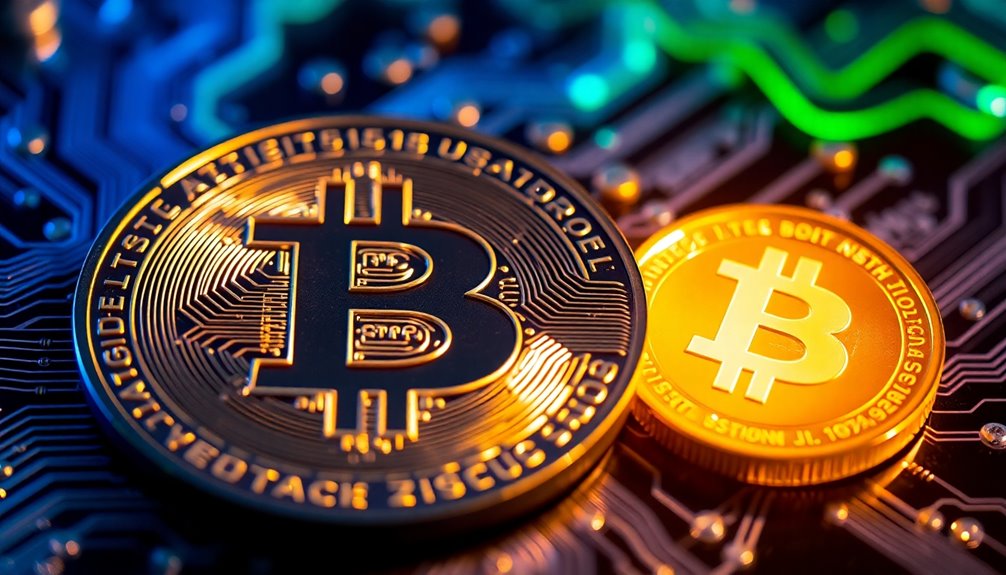Tether's recent integration of USDt with Bitcoin's Lightning Network changes the game for digital transactions. You might wonder how this affects your cross-border payments and what it means for the future of stablecoins. With the potential for faster and cheaper transactions, it could reshape your approach to digital finance. But what implications does this have for other cryptocurrencies and the broader market? Let's explore the details.

As Tether integrates USDt with Bitcoin's Lightning Network, you're looking at a significant evolution in how digital currencies operate. This partnership combines Bitcoin's robust security and decentralization with the incredible speed and scalability of the Lightning Network. Powered by the Taproot Assets protocol developed by Lightning Labs, this integration leverages recent advancements in Bitcoin's capabilities, allowing for near-instantaneous and low-cost transactions.
Imagine sending USDt across borders without the hefty fees and delays typically associated with traditional banking methods. This integration not only enhances transaction speed but also allows for seamless cross-border payments, which are particularly beneficial in emerging markets where users often turn to stablecoins to protect against inflation. The integration of USDT into Bitcoin's ecosystem further solidifies its utility in various financial applications.
You'll find that this new setup opens doors to innovative financial applications, such as lending and trading platforms, deepening Bitcoin's role in the decentralized finance (DeFi) ecosystem.
With this integration, businesses that already use the Lightning Network for Bitcoin transactions can easily incorporate USDT without overhauling their existing systems. This flexibility allows for diverse applications, including machine-to-machine payments, which could revolutionize interactions between AI systems and autonomous vehicles.
The implications are vast, and you can expect a surge in developer engagement as they gain access to new resources and tools designed to facilitate the integration of USDT on the Lightning Network.
Tether's move to integrate with Bitcoin's Lightning Network strengthens its position in the stablecoin market, reinforcing its dominance despite facing regulatory scrutiny. As institutional and retail interest in Bitcoin continues to rise, this collaboration aligns perfectly with the growing demand for efficient and reliable digital financial solutions.
By enhancing Bitcoin's DeFi capabilities, Tether is poised to offer new financial products and services that cater to a wider audience.
Looking ahead, Tether faces regulatory hurdles but remains committed to expanding its reach. Initiatives like the recent launch of a blockchain academy in Vietnam illustrate its ambition to educate and grow its user base.
The shift of transaction volumes from Ethereum and Tron to Bitcoin could further enhance global financial inclusion, especially as AI and autonomous systems increasingly rely on stablecoins for high-volume transactions.
In short, Tether's integration with Bitcoin's Lightning Network is more than just a technical upgrade; it's a game-changer for the future of digital transactions.









